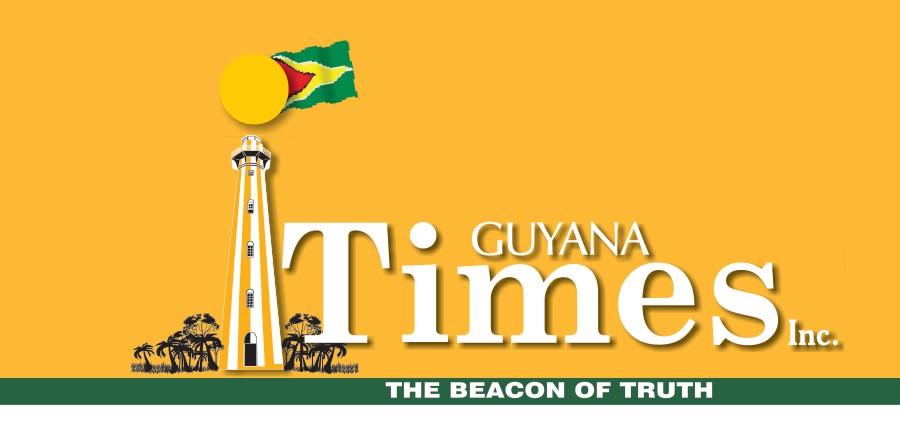…as motorcyclists continue to defy safety rules despite mounting deaths
Traffic officers are expressing deep frustration over the growing number of motorcyclists who continue to ignore basic road safety regulations, particularly the wearing of helmets, as motorcycle-related deaths and serious injuries continue to climb across the country.

During a recent broadcast of Road Safety and You, several traffic inspectors spoke candidly about the lawlessness that continues to plague the nation’s roads, especially among riders who treat the helmet law as optional.
Inspector Harroald De Vira, attached to the Georgetown traffic department, said the situation has reached an alarming point.
“For the last six, seven months, any collision with motorcycles, cyclists, pillion riders, they end up in the hospital. When they do check, head injuries. And they have to remain overnight. It becomes a serious accident, and our figures are going up,” he said.
The Inspector noted that Police enforcement efforts have intensified, with joint campaigns across several regions.

“Of recent, Friday last, we would have – myself, Superintendent Clark, ASP Boyce, and the other traffic ranks – held an enforcement on motorcyclists. And the numbers are overwhelming. Over 100 and odd motorcycles. Seventy-five per cent failed to wear safety helmets and the number plate,” he revealed.
Despite these operations, the problem persists, and officers say it’s not due to a lack of awareness but rather an attitude problem. “We’re enforcing the law to save you,” De Vira said. “Safety starts with you. The vehicles cannot move by themselves. You’re the person who controls that vehicle.”
Programme host National Road Safety Council (NRSC) Chairman Earl Lambert, concerned about the situation, agreed that the public often misunderstands where the responsibility lies.
“The Police are frustrated because people criticise the Police, not knowing what the Police do,” he said. “People make suggestions, yes, and they’re free to, but while the suggestion looks plausible, you still have to carry out studies and surveys. It’s not that the Police are not trying. But the thing is, I keep asking, what are you doing?”
He recalled a scene earlier that evening that captured the tragic side of the issue. “I was coming tonight from a hike, and I passed a vigil just past Covent Garden, about 100 yards away from Covent Garden, and it was on the northern side of the road. There were a lot of vehicles. There were people standing. There were people holding a portrait, a large-sized portrait of a young man. And the name of the person was on the portrait. And the traffic was blocked up because of people who were participating in it. And I was telling you guys – I always mention it on the program, that we spend all that time and resources to mourn that individual. But how much time did we spend to talk to that individual, to let them know the right thing?”
That question echoed a broader frustration among traffic officers who said they are constantly blamed for accidents they did not cause.
“People look at the numbers and the first thing that comes to their mind is, they blame the Police,” one officer said. “How is it the Police’s fault? You tell me. How can the Police be blamed for somebody driving recklessly, riding recklessly? Cyclists are causing the deaths of pillion riders. How can the Police be blamed for that?”
As the discussion closed, the officers urged the public to take road safety personally, not as something enforced by others.
“Thinking distance, braking distance, equal to stopping distance,” one officer reminded. “The laws are there on your smartphone. We need to get down into serious business and save lives. Too many lives are being lost of late for persons’ negligence,” De Vira said.
Discover more from Guyana Times
Subscribe to get the latest posts sent to your email.











